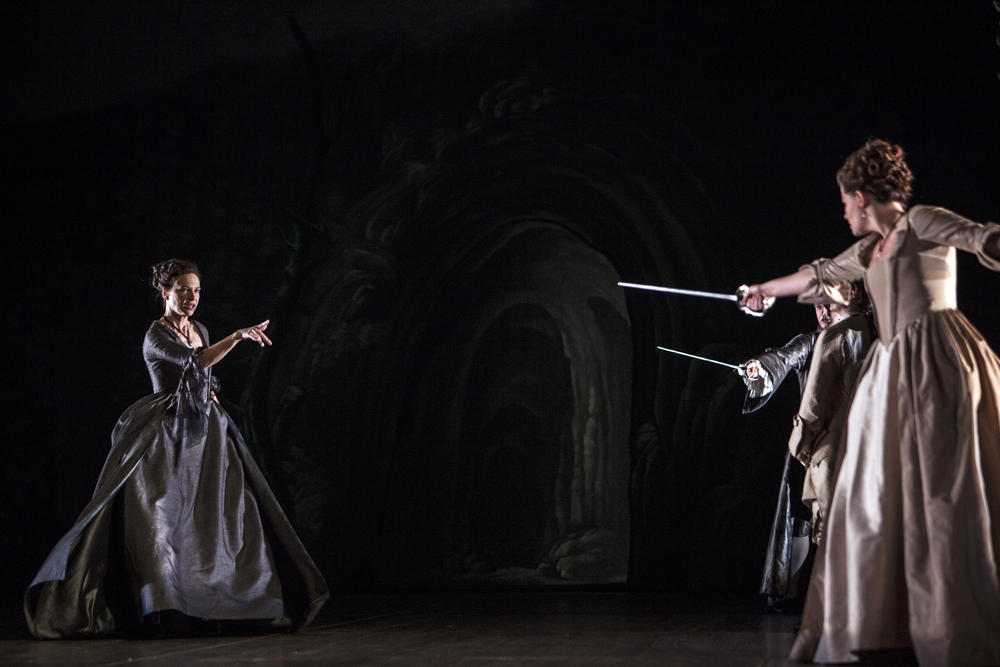


Noble’s approach takes some of the edge off the drama and excludes spectacular scenic effects - in lieu of the demise of Alcina and her realm, the opera closes with everyone joining in a typical happy ending. A sense of claustrophobia is dispelled when the salon’s back wall rises to reveal a field of dune grass. Sticklers for detail will note that Cavendish lived a generation or two after Handel, but that is reflected in Anthony Ward’s richly detailed décor, which tends toward the Neo-classical rather than Baroque. Indeed, the setting is supposedly the Piccadilly home of Georgiana Cavendish, Duchess of Devonshire, a beauty remembered for her affairs with politicians.

Meyer to engage one of France’s crack period-instrument groups, Les Musiciens du Louvre-Grenoble, in outstanding form here under Marc Minkowski’s direction.Īdrian Noble daringly sets the opera, which takes place on the sorceress Alcina’s enchanted island, in an 18th-century salon, as if it were private entertainment for selected aristocrats. Conveniently, the Vienna Philharmonic, whose members are drawn from the Staatsoper’s orchestra, is on tour in Japan, allowing Mr. But until last Sunday, when it introduced an absorbing new production of “Alcina,” the Vienna Staatsoper resisted them, not having done a Baroque opera since Monteverdi’s “Poppea” in the 1960s.ĭominique Meyer, the Staatsoper’s new director who previously ran Paris’s Théâtre des Champs-Élysées, saw a gap and decisively plugged it -“Alcina” is only the second new production of his regime. VIENNA - Handel’s operas are now so thoroughly a part of modern musical life that you might think every major opera house welcomes them.


 0 kommentar(er)
0 kommentar(er)
